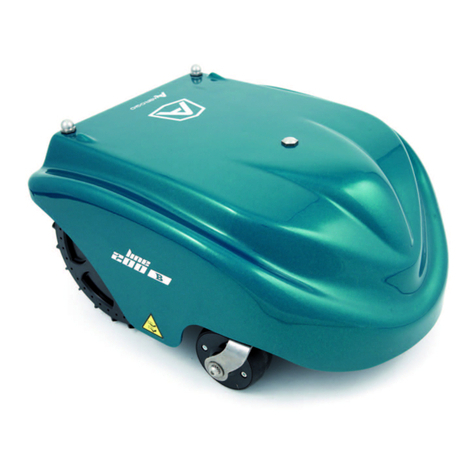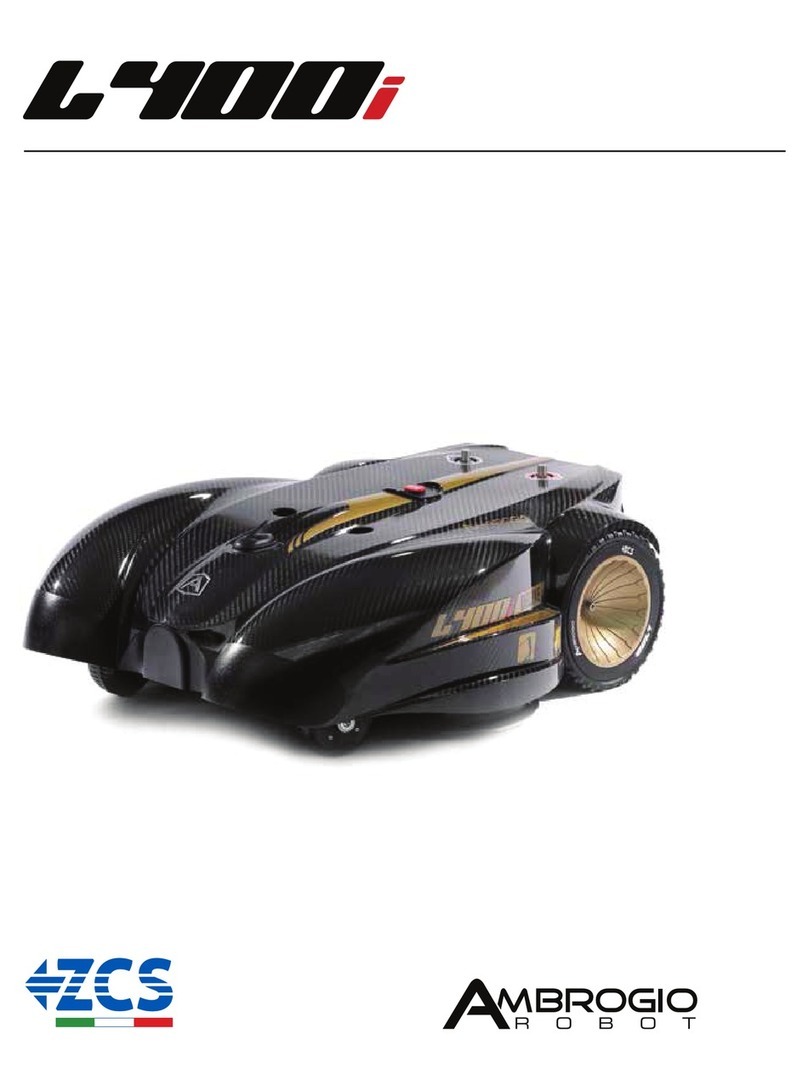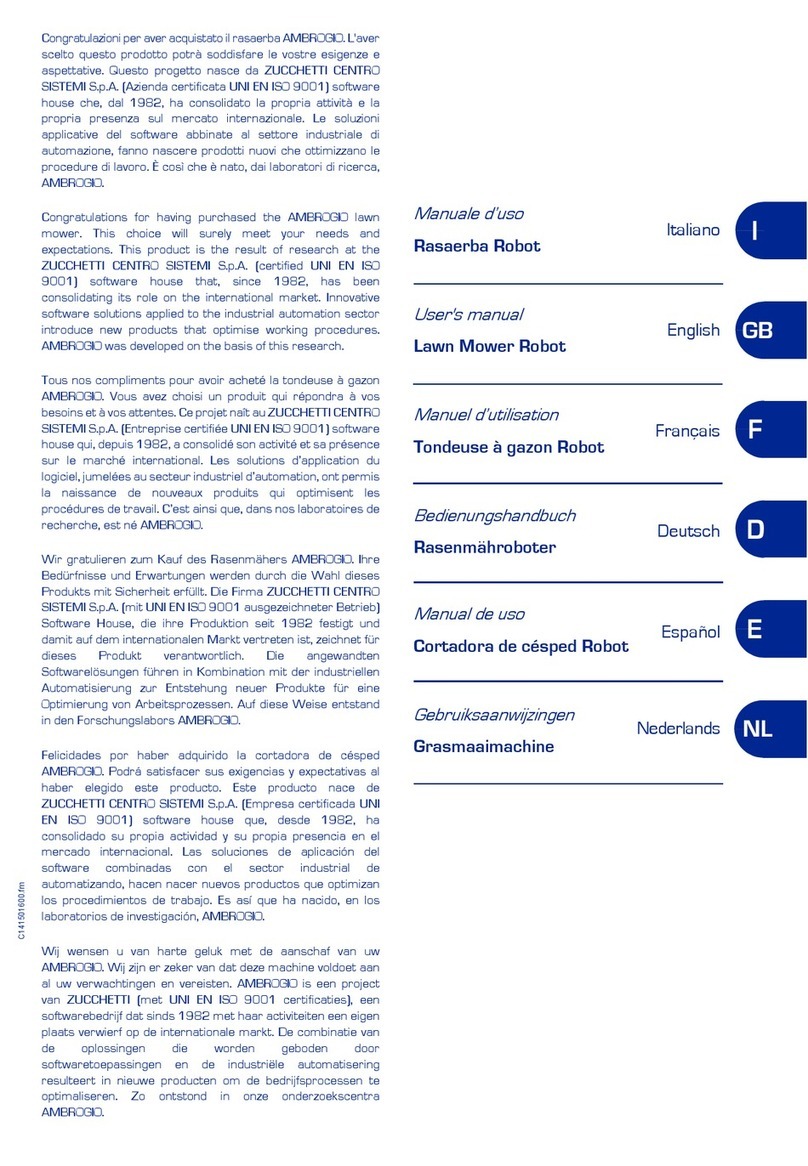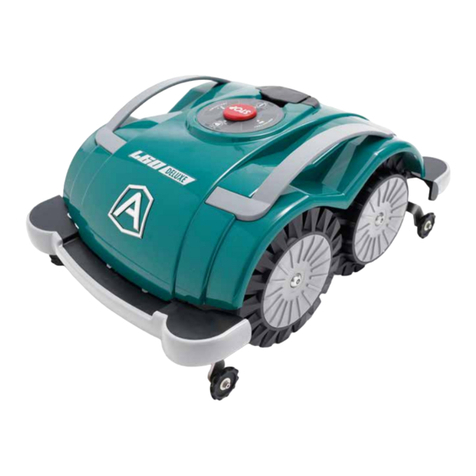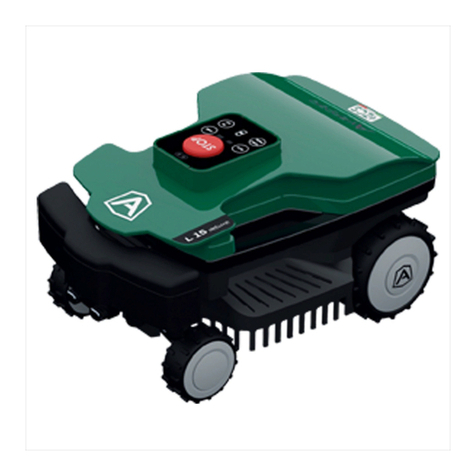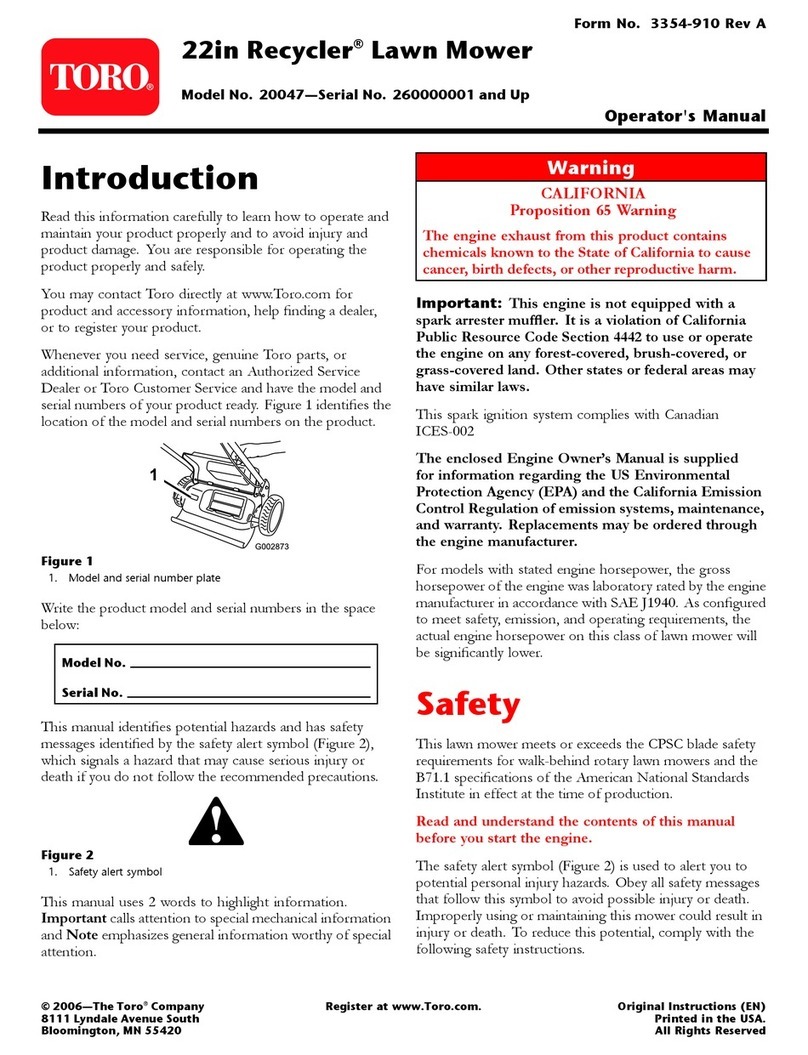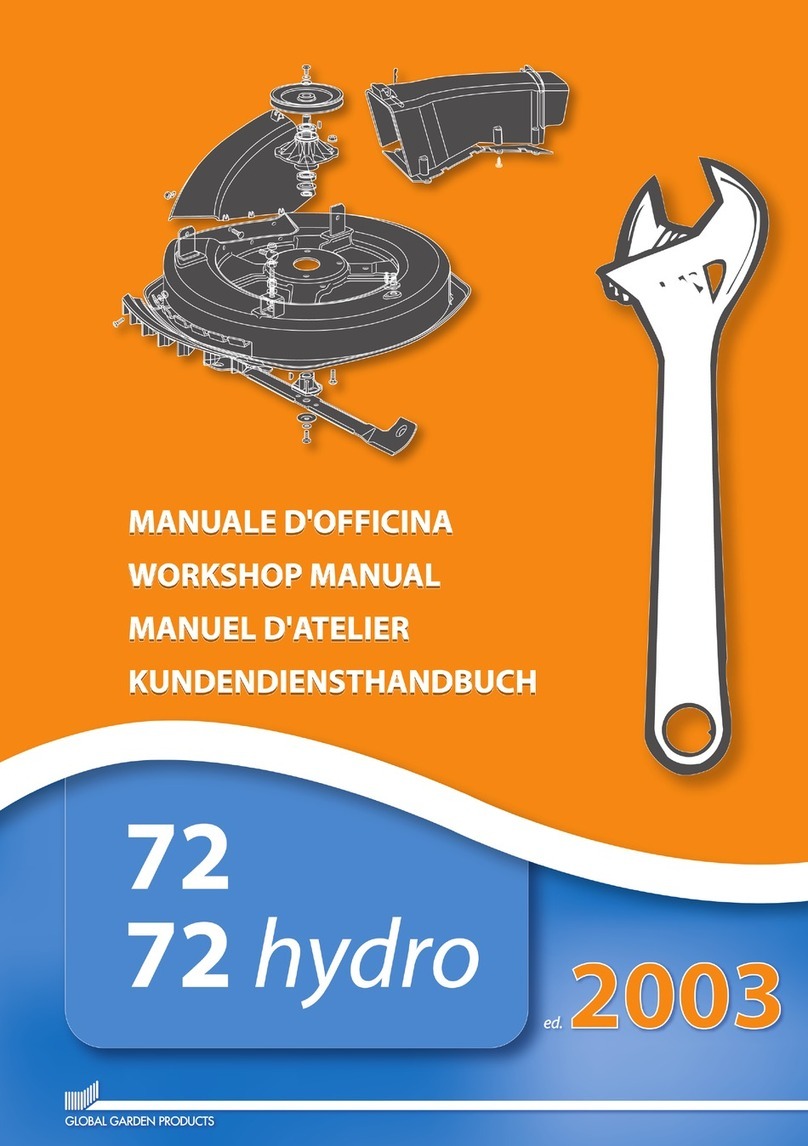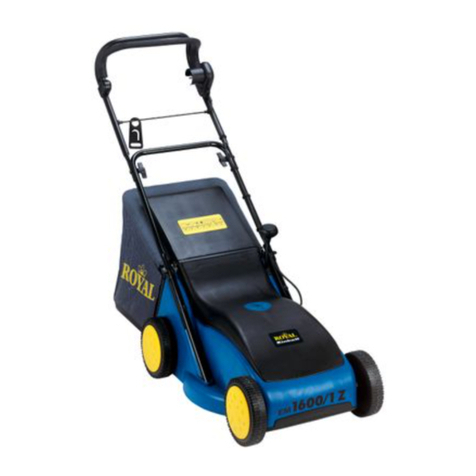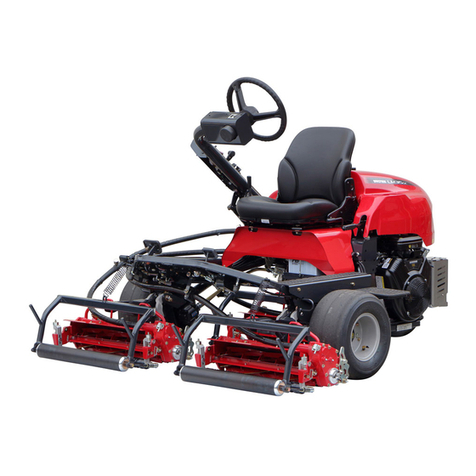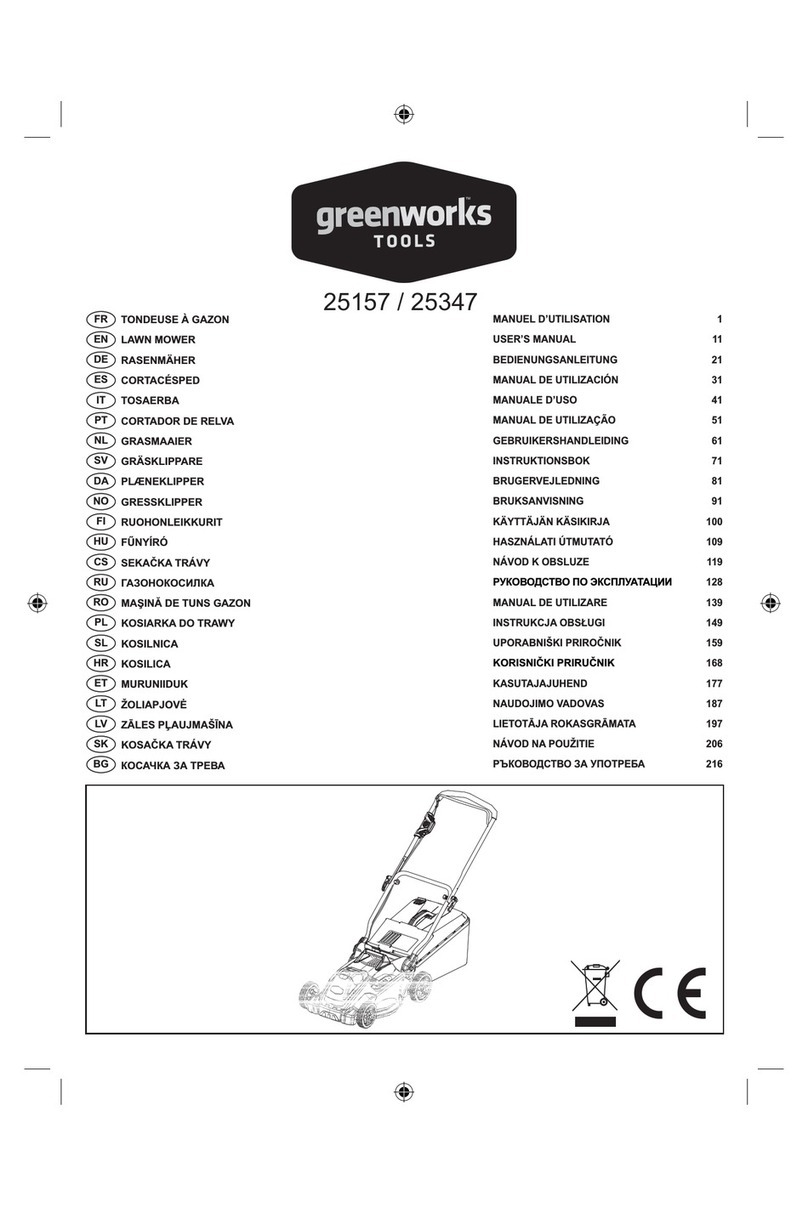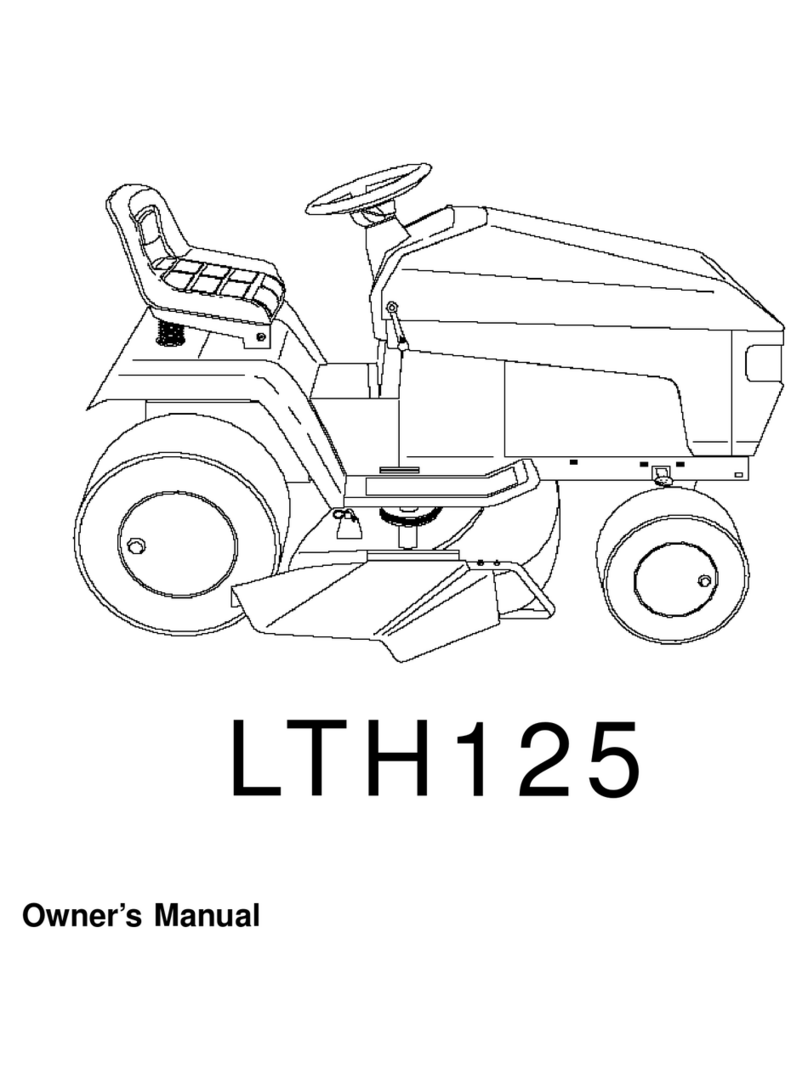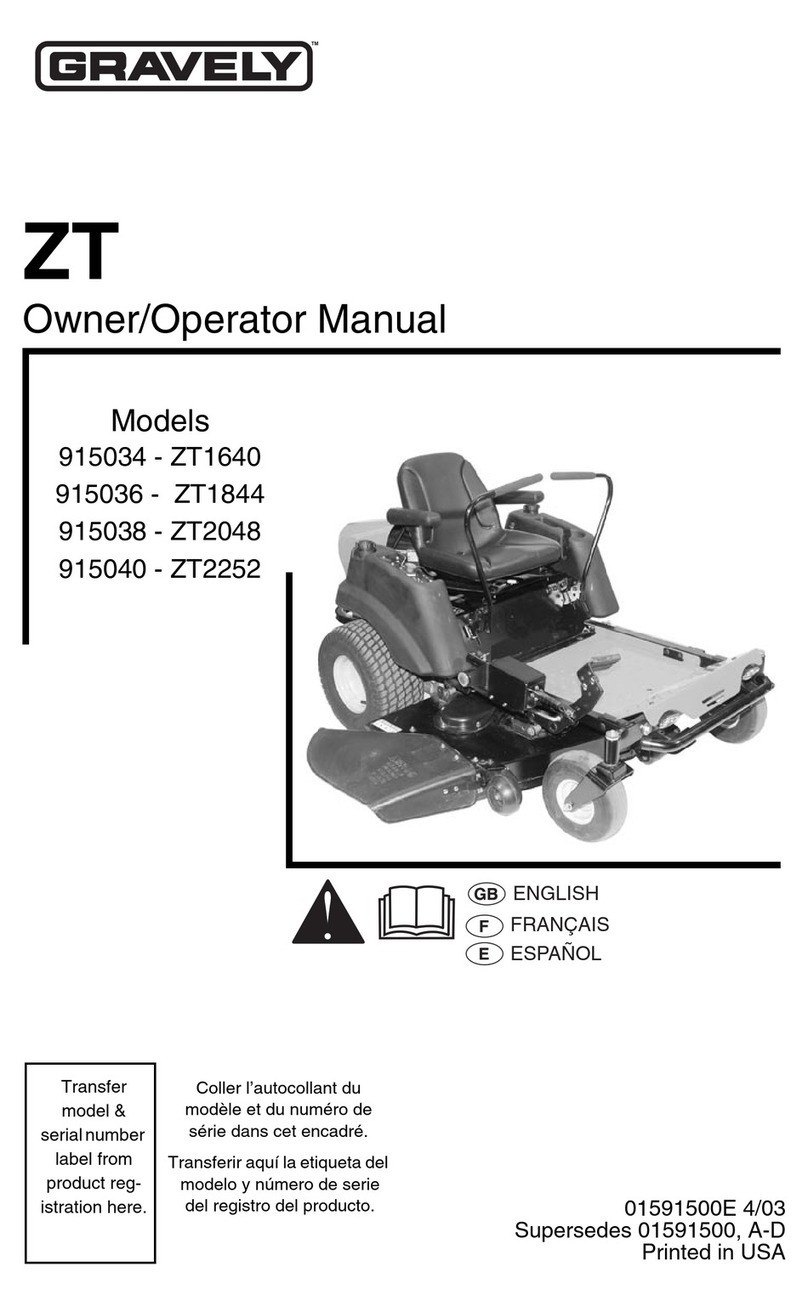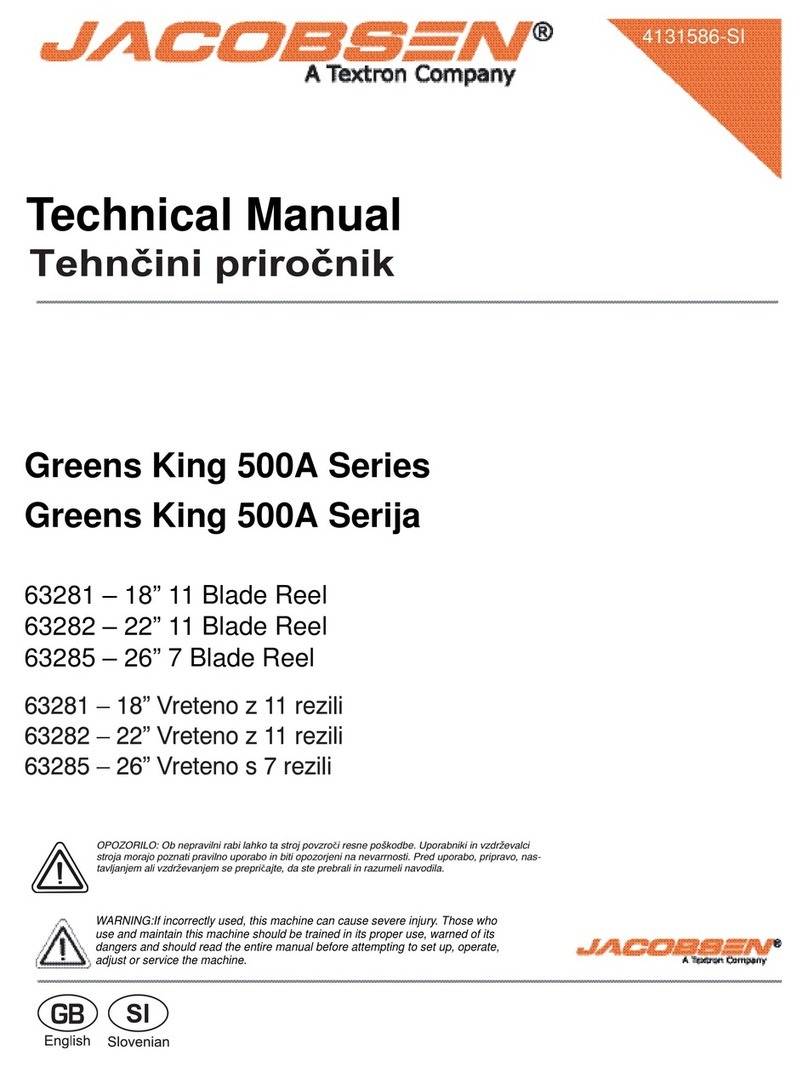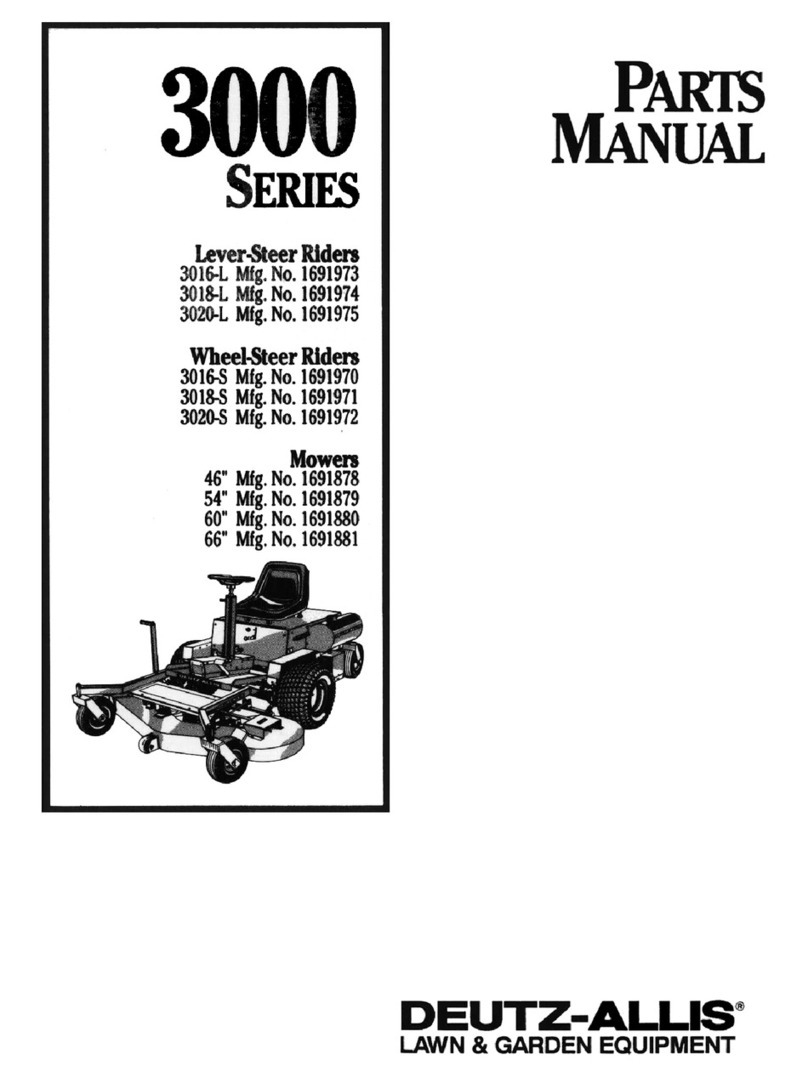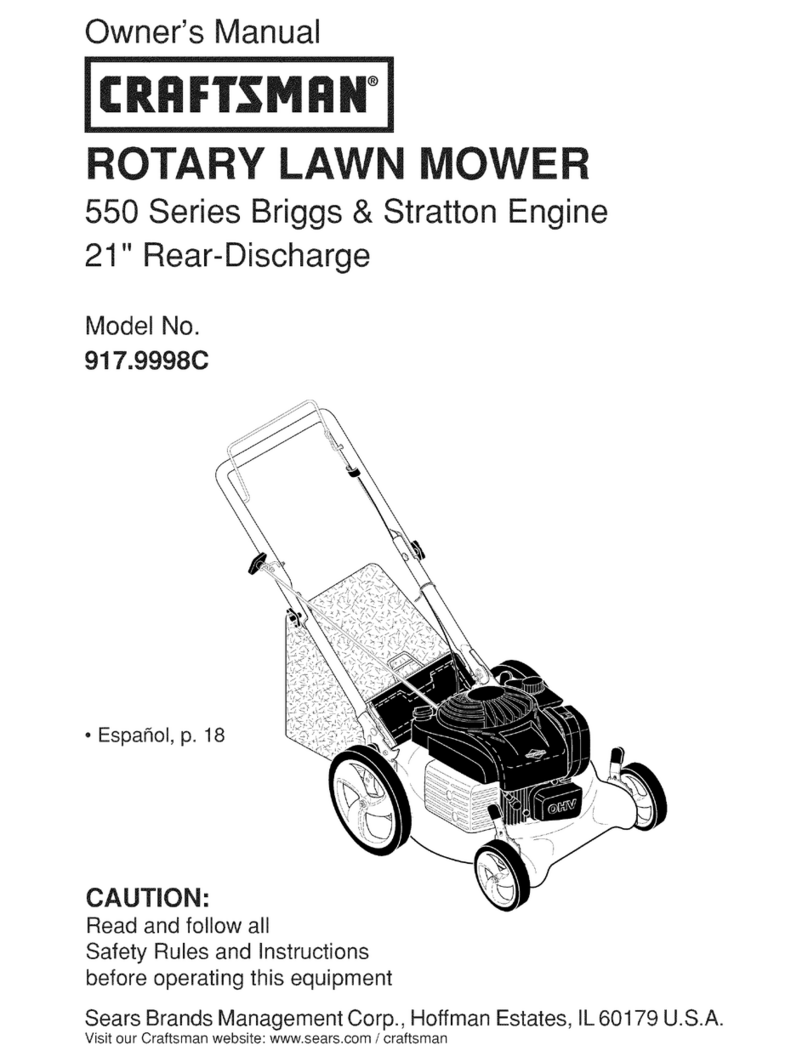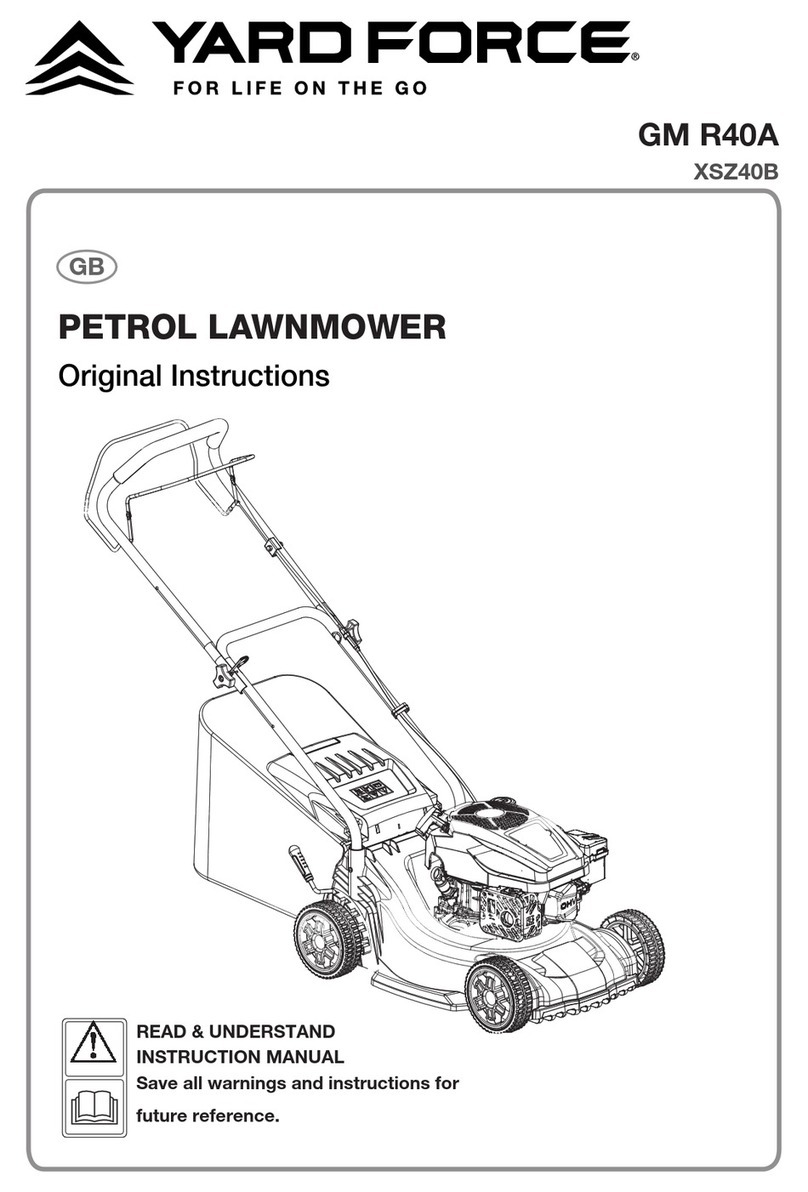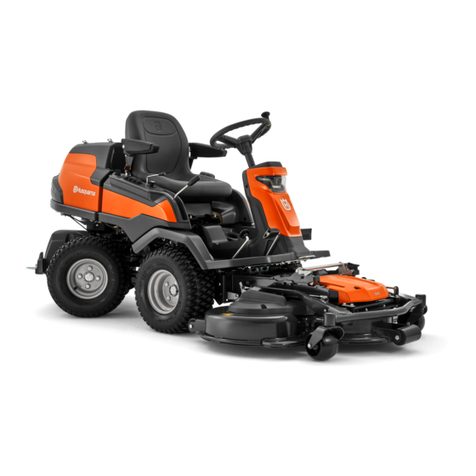TABLE OF CONTENTS
General information. ................................................................................................................................................................... 2
Purpose of the manual................................................................................................................................................................ 2
Identication of manufacturer and equipment............................................................................................................................. 3
Safety information....................................................................................................................................................................... 3
Safety regulations. ...................................................................................................................................................................... 3
Safety devices............................................................................................................................................................................. 4
Safety signals.............................................................................................................................................................................. 5
Technical information. ................................................................................................................................................................ 6
Technical specications............................................................................................................................................................... 6
General description of the appliance........................................................................................................................................... 7
Main parts. .................................................................................................................................................................................. 8
Installation.................................................................................................................................................................................... 9
Packing and unpacking............................................................................................................................................................... 9
Planning of system installation.................................................................................................................................................... 9
Preparation and marking the boundaries of the work areas. .................................................................................................... 10
Slopes. ...................................................................................................................................................................................... 13
Steep slopes. ............................................................................................................................................................................ 13
Possible elements inside the work area and relative safety distances. .................................................................................... 14
Adjustments............................................................................................................................................................................... 15
Adjustment recommendations................................................................................................................................................... 15
Adjustment of cutting height...................................................................................................................................................... 15
Use and operation. .................................................................................................................................................................... 16
oblIGatIons foR Use.................................................................................................................................................................. 16
Description of robot commands. ............................................................................................................................................... 16
Meaning of led combinations. ................................................................................................................................................... 16
Start-up. .................................................................................................................................................................................... 17
Operation with delayed start. .................................................................................................................................................... 18
Starting the robot with the sensors turned off. .......................................................................................................................... 18
Robot safety stop. ..................................................................................................................................................................... 20
Robot stop................................................................................................................................................................................. 21
Prolonged inactivity and restarting............................................................................................................................................ 21
Battery recharge after prolonged inactivity................................................................................................................................ 22
Operating tips............................................................................................................................................................................ 22
Ordinary maintenance............................................................................................................................................................... 23
Maintenance recommendations................................................................................................................................................ 23
Scheduled maintenance table................................................................................................................................................... 23
Robot cleaning. ......................................................................................................................................................................... 23
Troubleshooting guide.............................................................................................................................................................. 24
Troubleshooting. ....................................................................................................................................................................... 24
Part replacement. ...................................................................................................................................................................... 26
Recommendations for replacing parts. ..................................................................................................................................... 26
Battery replacement.................................................................................................................................................................. 26
Blade replacement. ................................................................................................................................................................... 26
Robot disposal. ......................................................................................................................................................................... 27
Ec declaration of conformity. ................................................................................................................................................... 28
Reproduction, even partial, of this document without written permission by the manufacturer is strictly forbidden. The
manufacturer assumes a policy of continual improvement and reserves the right to modify this document without prior notice
on condition that the changes do not constitute health and safety risks.
© 2008 – Text, illustrations and page layout by Tipolito La Zecca. The text may be reproduced, in whole or in part, on condition
that the author is mentioned.
MD-CT-RO-01-R5.0 - EN - 10-2016
